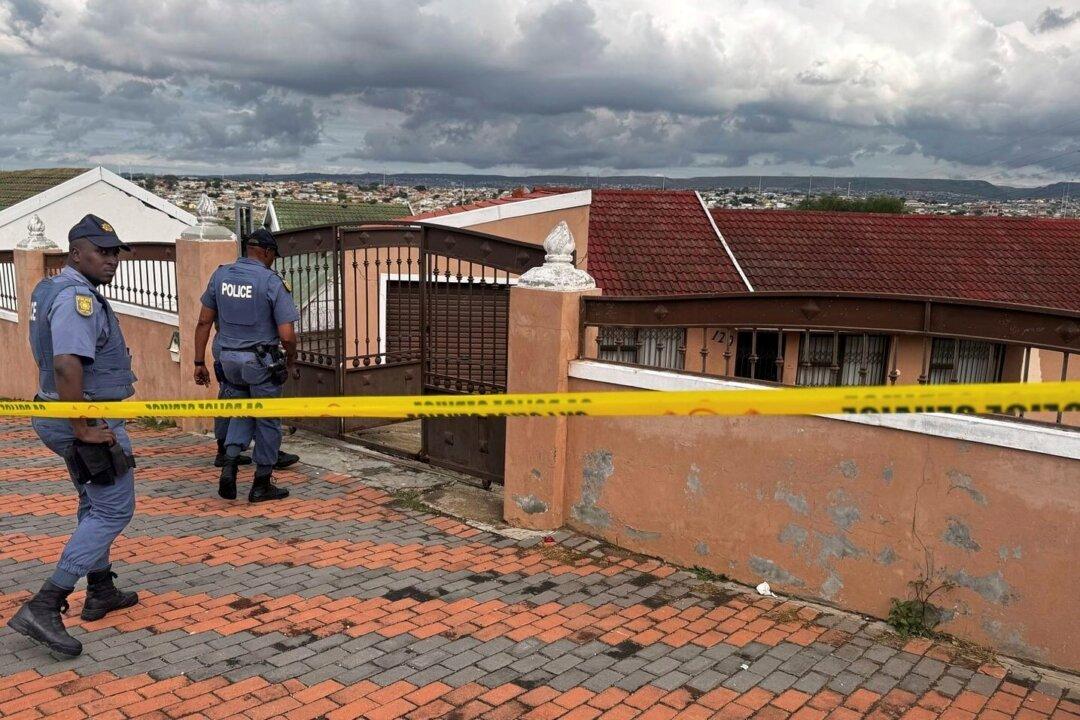NEW DELHI—A powerful cyclone was moving toward India and Bangladesh on May 19 as authorities sought to evacuate millions of people while maintaining social distancing.
Cyclone Amphan is expected to make landfall in the afternoon on May 20, and forecasters warned of extensive damage from high winds, heavy rainfall, tidal waves, and some flooding in crowded cities such as Kolkata.
The cyclone, with winds of 220-230 kilometers per hour (136-142 mph), is forecast to weaken before it makes landfall near India’s West Bengal state and Bangladesh.
It is the second super cyclone on record that has formed over the Bay of Bengal, said Mrutyunjay Mohapatra, India’s meteorological chief. The first was a devastating 1999 cyclone in Odisha state that left almost 10,000 people dead.
“This type of cyclone can be disastrous,” Mohapatra said.
Videos and photos from India and Bangladesh showed families near the coast or in other flood-prone areas being evacuated to cyclone shelters. Some carried bags with their belongings, and all had their faces covered to protect against the coronavirus. Officials went from village to village with loudspeakers warning people of the storm.
“Evacuations are necessary,” said Mohapatra, pointing out that tidal waves could move 25 kilometers (15 miles) inland along the many rivers that crisscross the Bengal delta.
Authorities in Bangladesh warned that the cyclone could flood vast swaths of southwestern and southern areas. More than 50,000 people already have been evacuated in Satkhira district, which was devastated by a 2009 cyclone, Junior Minister for Disaster Management and Relief Enamur Rahman said.
Masks and other safety equipment to guard against the virus were being distributed to the evacuated people, he said.
Rahman said he ordered local authorities to prepare thousands of shelters to protect up to 2.2 million people.
Authorities suspended all river transportation, including ferry service, across the delta nation, which is crisscrossed by more than 130 rivers.
Amphan’s winds were whirling as far as 700 kilometers (435 miles) from its eye as it approached land. It’s forecast to pass between the seaside resort town of Digha in India’s West Bengal state and Hatiya Island in Bangladesh with a weaker wind speed of 165 to 175 kph (102-108 mph).
Several districts in West Bengal will feel the brunt of the storm, Mohapatra said. Flooding is a risk in Kolkata due to crowding and poor drainage, and the storm surge could raise river levels in the Bengal delta, he said.
Fishing trawlers and boats in the Bay of Bengal have been told to take shelter until further notice.
After reaching land, the cyclone is expected to move away fast and weaken by May 21.
The eye of the storm is likely to pass through the Sunderban mangrove forests, one of the largest tracts of mangroves in the world. They are likely to absorb some of the impacts, officials said.
Debasis Shyamal, a fisherman in Digha, said evacuations had yet to start, but people were staying indoors.
“We are mentally prepared for the cyclone, but there are some concerns about social distancing,” he said.





